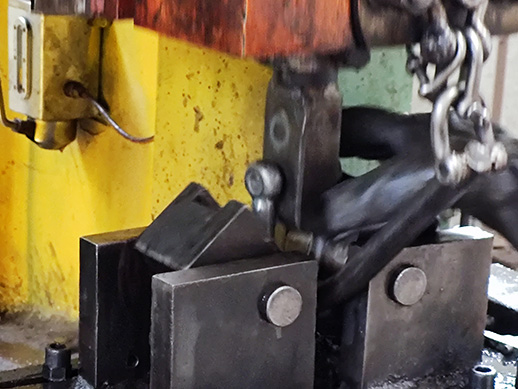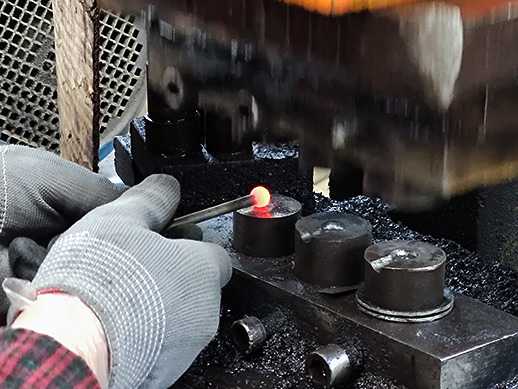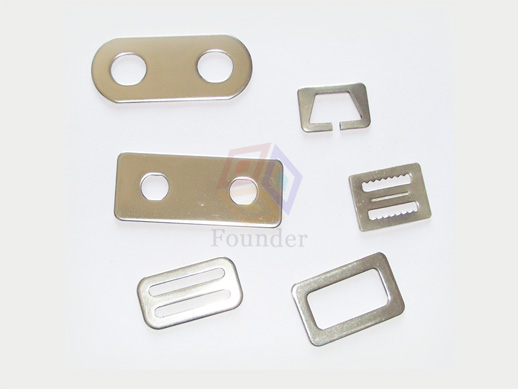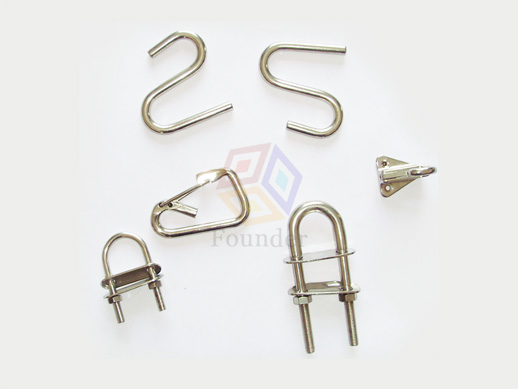

Stamping processing is a production technology that uses the power of stamping equipment to directly change the shape of the sheet in the mold, so obtain product with a certain shape, size and function. Stamping processing has many unique advantages in terms of technology and economy:
First, the stamping process has high production efficiency, convenient operation, and easy to realize mechanization and automation. This is because stamping relies on punching dies and stamping equipment to complete the process. The number of strokes of ordinary presses can reach dozens of times per minute, and the high-speed pressure can reach hundreds or even more than a thousand times per minute. One process can get a stamped part.
Second, because the mold guarantees the size and shape accuracy of the stamping parts during stamping, and generally does not damage the surface quality of the stamping parts, and the life of the mold is generally longer, the quality of the stamping is stable, the interchangeability is good, and it has "identical." Characteristics.
Third, stamping generally does not generate chips and scraps, and the consumption of material is less.
The surface and internal properties of the stamping materials have a great influence on the quality of the rigging stamping products. The requirements of rigging stamping materials are:
First, the thickness is accurate and uniform. The surface is smooth, no spots, no scars, no scratches, no surface cracks, etc.
Second, the yield strength is uniform without obvious directional.
Third, the uniform elongation is high. In the tensile test, the elongation of the sample before the neck phenomenon begins to appear is called the uniform elongation. During deep tension, the deformation of the sheet material can not exceed the uniform extension range of the material, otherwise uneven deformation will occur.
Fourth, The yield strength ratio is low. The ratio of the material's yield limit to the strength limit is called the yield ratio. The low yield ratio can not only reduce the deformation resistance, and also reduce the tendency of wrinkling during deep tension, reduce the springback amount after bending, and improve the accuracy of the bending part.
In actual production, it is often used in similar process tests of the stamping process, such as tension test, bulging function test, etc. to check the stamping function of the material to ensure the quality.



